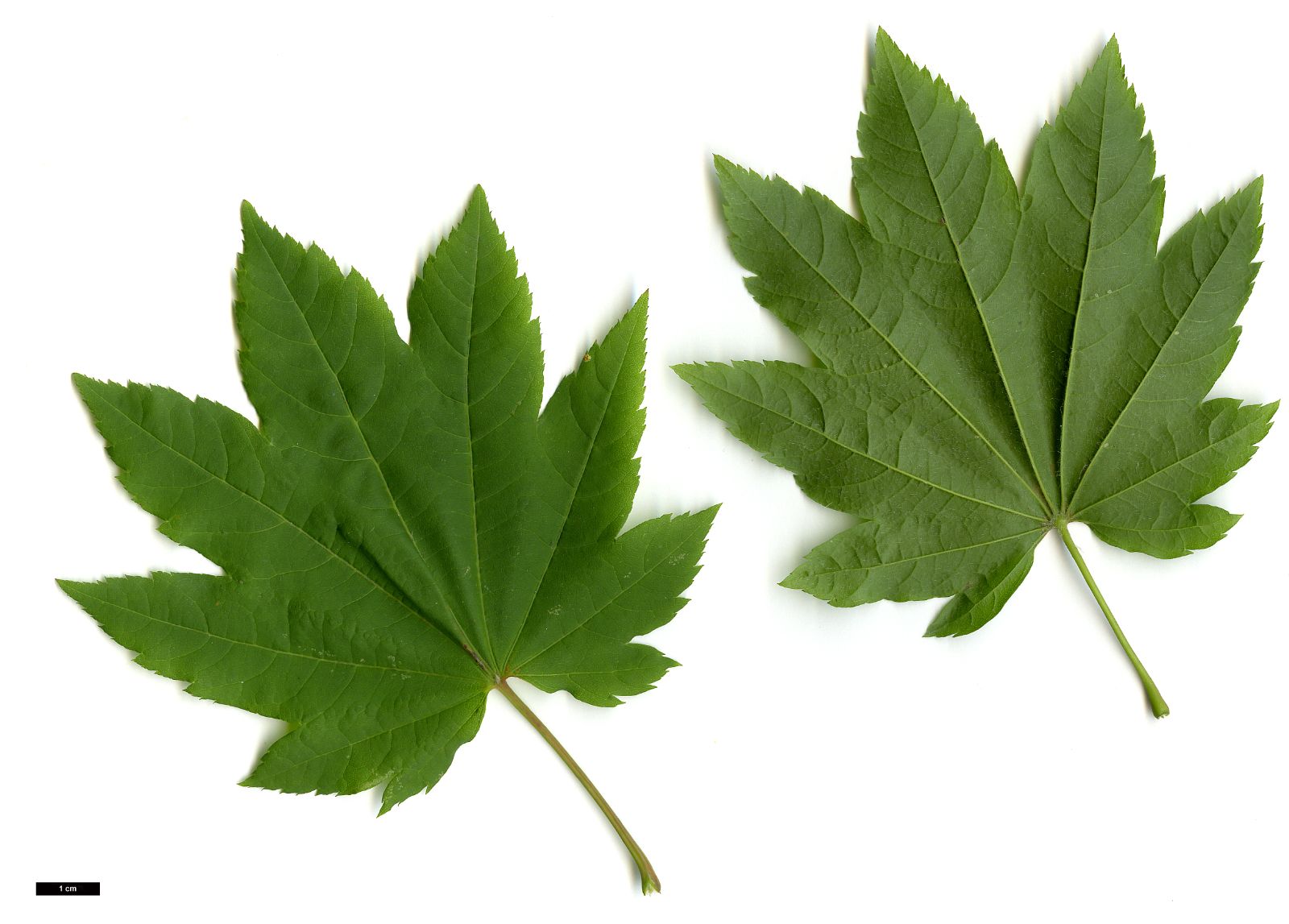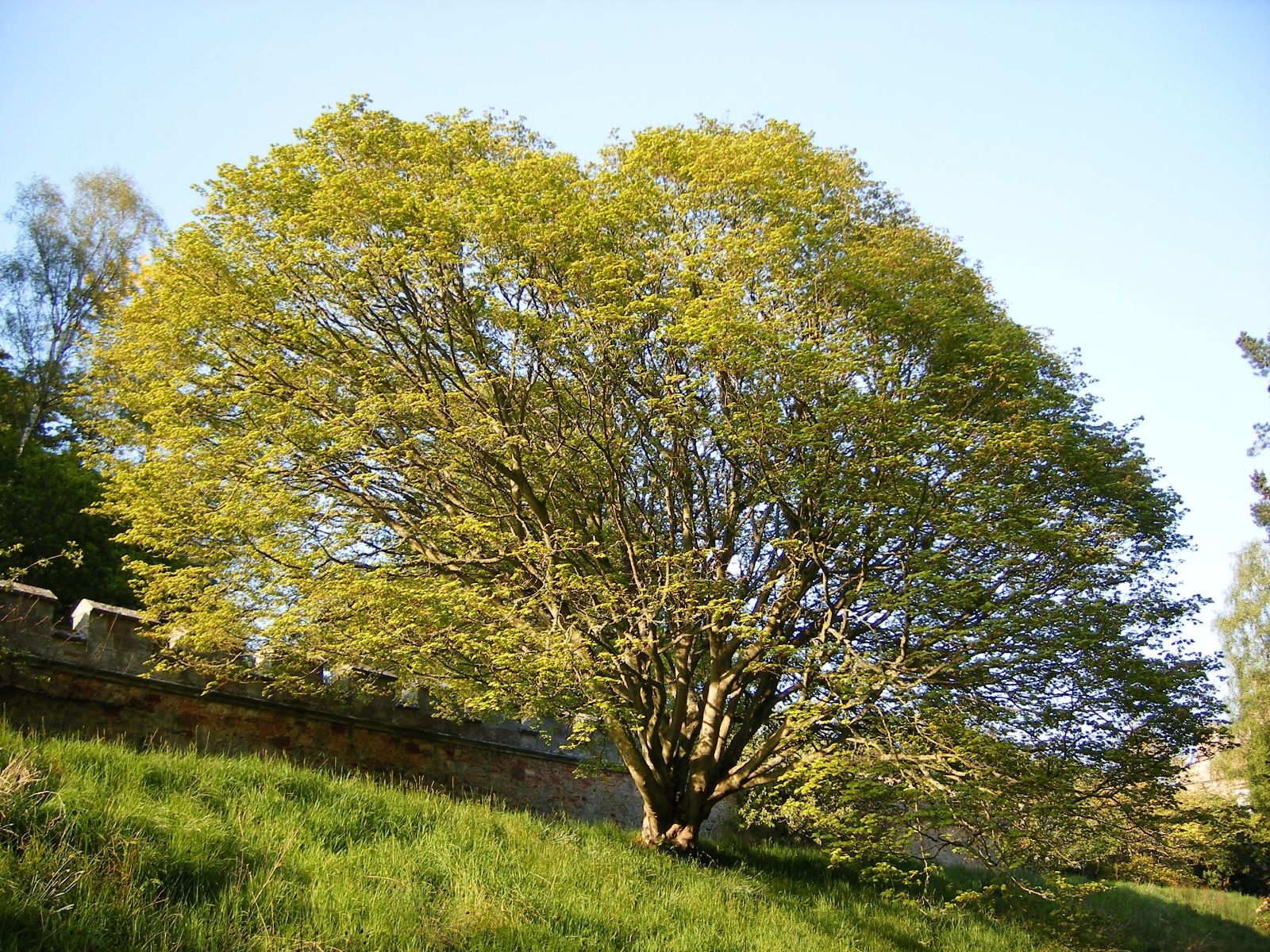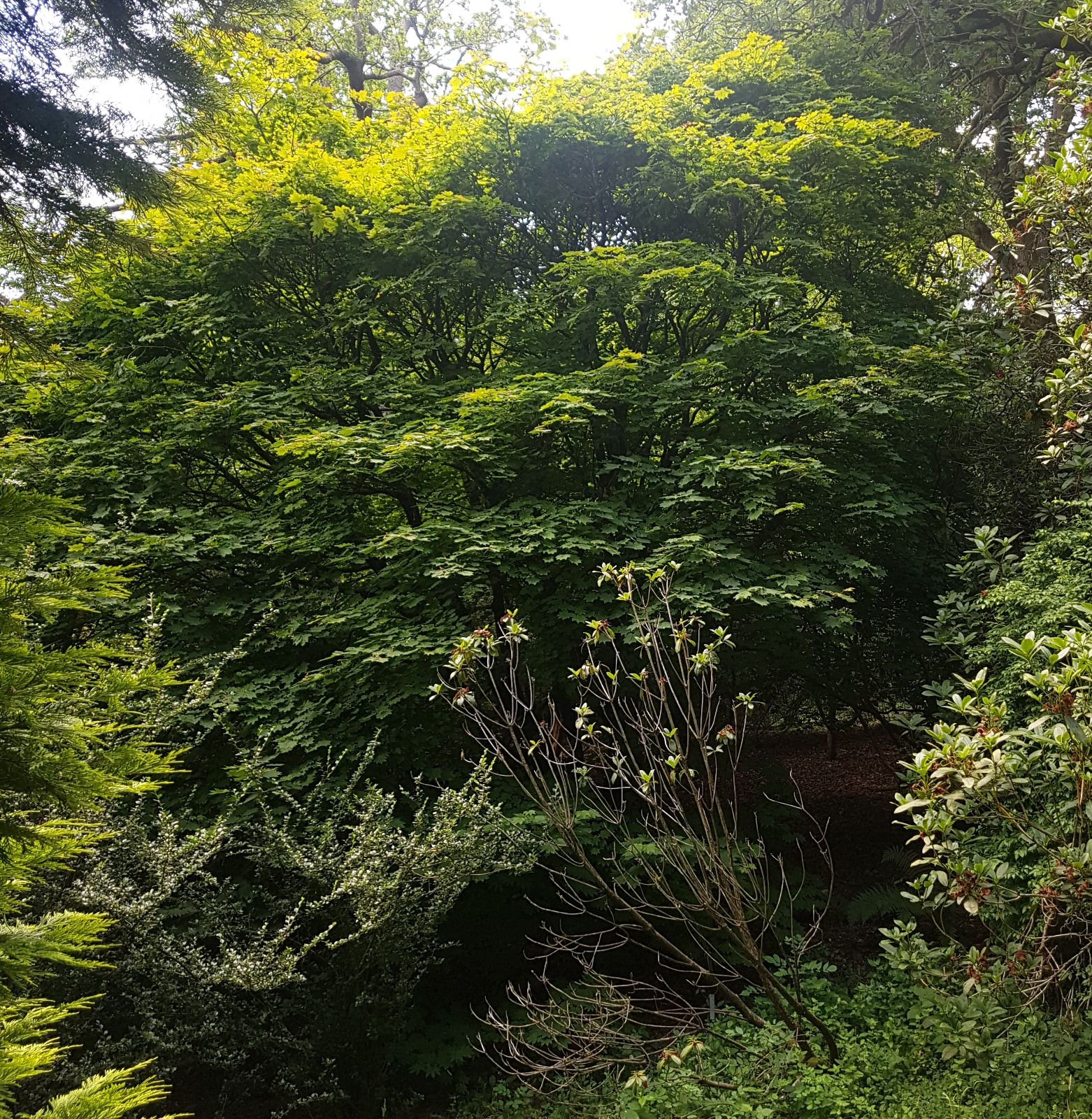Acer circinatum
Sponsor
Kindly sponsored by
a member of the International Dendrology Society
Credits
Article from Bean's Trees and Shrubs Hardy in the British Isles
Recommended citation
'Acer circinatum' from the website Trees and Shrubs Online (treesandshrubsonline.
Genus
Common Names
- Vine Maple
Other taxa in genus
- Acer acuminatum
- Acer amplum
- Acer argutum
- Acer barbinerve
- Acer buergerianum
- Acer caesium
- Acer calcaratum
- Acer campbellii
- Acer campestre
- Acer 'Candy Stripe'
- Acer capillipes
- Acer cappadocicum
- Acer carpinifolium
- Acer 'Cascade'
- Acer caudatum
- Acer ceriferum
- Acer chapaense
- Acer chienii
- Acer cissifolium
- Acer × conspicuum
- Acer cordatum
- Acer coriaceifolium
- Acer × coriaceum
- Acer crataegifolium
- Acer davidii
- Acer diabolicum
- Acer distylum
- Acer divergens
- Acer duplicatoserratum
- Acer elegantulum
- Acer erianthum
- Acer 'Esk Flamingo'
- Acer fargesii
- Acer fenzelianum
- Acer flabellatum
- Acer forrestii
- Acer franchetii
- Acer × freemanii
- Acer fulvescens
- Acer 'Gimborn'
- Acer ginnala
- Acer glabrum
- Acer 'Gold Coin'
- Acer granatense
- Acer grandidentatum
- Acer griseum
- Acer heldreichii
- Acer henryi
- Acer × hillieri
- Acer hookeri
- Acer hyrcanum
- Acer japonicum
- Acer kawakamii
- Acer komarovii
- Acer laevigatum
- Acer laurinum
- Acer laxiflorum
- Acer lobelii
- Acer longipes
- Acer macrophyllum
- Acer mandshuricum
- Acer maximowiczianum
- Acer maximowiczii
- Acer metcalfii
- Acer miaotaiense
- Acer micranthum
- Acer 'Mindavi'
- Acer 'Minorient'
- Acer miyabei
- Acer miyabei × campestre
- Acer monspessulanum
- Acer morifolium
- Acer 'Mozart'
- Acer oblongum
- Acer obtusifolium
- Acer okamotoanum
- Acer oliverianum
- Acer opalus
- Acer orientale
- Acer palmatum
- Acer papilio
- Acer pauciflorum
- Acer pectinatum
- Acer pensylvanicum
- Acer pentaphyllum
- Acer pentapotamicum
- Acer pictum
- Acer pilosum
- Acer pinnatinervium
- Acer platanoides
- Acer platanoides × amplum
- Acer platanoides × truncatum
- Acer × pseudoheldreichii
- Acer pseudoplatanus
- Acer pseudosieboldianum
- Acer pubinerve
- Acer pycnanthum
- Acer rubescens
- Acer rubrum
- Acer rufinerve
- Acer saccharinum
- Acer saccharum
- Acer sempervirens
- Acer 'Serpentine'
- Acer serrulatum
- Acer shenkanense
- Acer sieboldianum
- Acer sikkimense
- Acer 'Silver Cardinal'
- Acer 'Silver Ghost'
- Acer sinense
- Acer sinopurpurascens
- Acer spicatum
- Acer stachyophyllum
- Acer taronense
- Acer tataricum
- Acer tegmentosum
- Acer tenellum
- Acer tetramerum
- Acer tibetense
- Acer tonkinense
- Acer triflorum
- Acer truncatum
- Acer tschonoskii
- Acer turkestanicum
- Acer tutcheri
- Acer ukurunduense
- Acer velutinum
- Acer wardii
- Acer 'White Tigress'
- Acer wilsonii
- Acer × zoeschense
A low, deciduous tree, often scarcely more than a shrub, but sometimes over 30 ft high; branchlets glabrous. Leaves seven- or nine-lobed, almost circular in general outline, but heart-shaped at the base, 3 to 5 in. wide, the lobes unequally or doubly toothed; lower surface hairy when young, but ultimately almost glabrous; stalks stout, 1 to 11⁄2 in. long. Flowers in small corymbose clusters, each flower 1⁄2 in. across, the sepals reddish purple; petals smaller, dull white. Fruit with wings about 11⁄2 in. long, 3⁄8 in. wide, spreading almost horizontally, red when young.
Native of western N. America from British Columbia south to California; introduced by Douglas in 1826. This maple is very distinct, and one of the most ornamental in its flowers. In April, when well in bloom, the wine-coloured sepals contrasting with the whitish petals make a very pretty display, especially as they are associated with conspicuous crimson bud-scales. Its leaves frequently die off in beautiful red and orange-coloured shades. If it is desirable that it should form a trunk, the lower branches should be pruned off as the tree grows in height until sufficient clean stem has been formed. But, allowed to grow in its natural way, it makes a low, wide-spreading bush of pleasing form, often with the lower branches laid on the ground and taking root there. Owing to this peculiarity it forms impenetrable thickets in a wild state. It is an admirable subject for a lawn in a small garden.
From the Supplement (Vol. V)
† cv. ‘Monroe’. – Leaves deeply dissected, the sinuses between the lobes reaching almost to the centre of the leaf, and the lobes themselves deeply incised. It was found by Dr Monroe growing wild in the Cascade Mountains of Oregon and propagated (Brian Mulligan in Baileya, Vol. 19, pp. 111–15 (1974) and see also J.D. Vertrees in Int. Dendr. Soc. Year Book 1978, pp. 82–3). For other variants of A. circinatum, see the second of these two articles.







